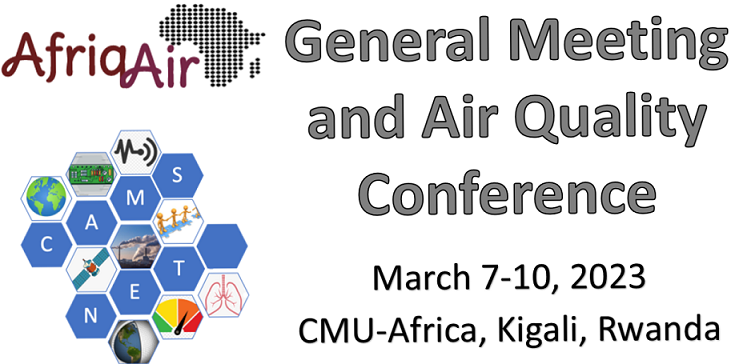Speaker
Description
This study utilized solar irradiance measurements to estimate spectral atmospheric turbidity characteristics using Gueymard’s Multi-coefficient Approach and compared with experimental measurement. The objective was to assess the reproducibility of the approach for estimating atmospheric turbidity from less resource-intensive irradiance measurement during African Monsoon period, and relate it to air pollution level. Seven saturation vapour pressure models and routine meteorological data from Dynamic Aerosol-Chemistry-Cloud Interaction in West Africa (DACCIWA, June/July, 2016) field campaign were used to determine precipitable water vapour (PWV) over Save, Benin Republic. In-situ measurements of spectral-dependent aerosol optical and microphysical properties were taken from Cimel Sun-photometer almucantar scanning of the atmosphere in the same location. Clear-sky measurement of broadband Beam Normal Irradiance (BNI) from Copernicus Atmospheric Monitoring Service (CAMS McClear) and in-situ sun-photometer measurement of stratospheric ozone, nitrogen dioxide column and water vapour were used to compute Angstrom and Schuepp’s turbidity parameters (coefficient β and exponent α). Model estimates of PWV falls into three categories of values; high- (3.75 – 9.1 cm), medium- (3.6 – 4.96 cm) and low- (2.3 – 3.5 cm) ranges with a correlation of at least 0.99 among the medium-range models. Case studies of the highest (β = 0.32, α = 0.67) and least (β = 0.084, α = 1.2) turbid days correlates with high concentrations of carbon monoxide and ozone pollution. Simulation of radiative transfer of sunshine on both days also reveals the corresponding attenuation of solar irradiance at the surface. Experimental and model estimates of PWV and turbidity coefficient showed that the broadband method is a relatively accurate and alternative approach for assessment of atmospheric turbidity condition.

